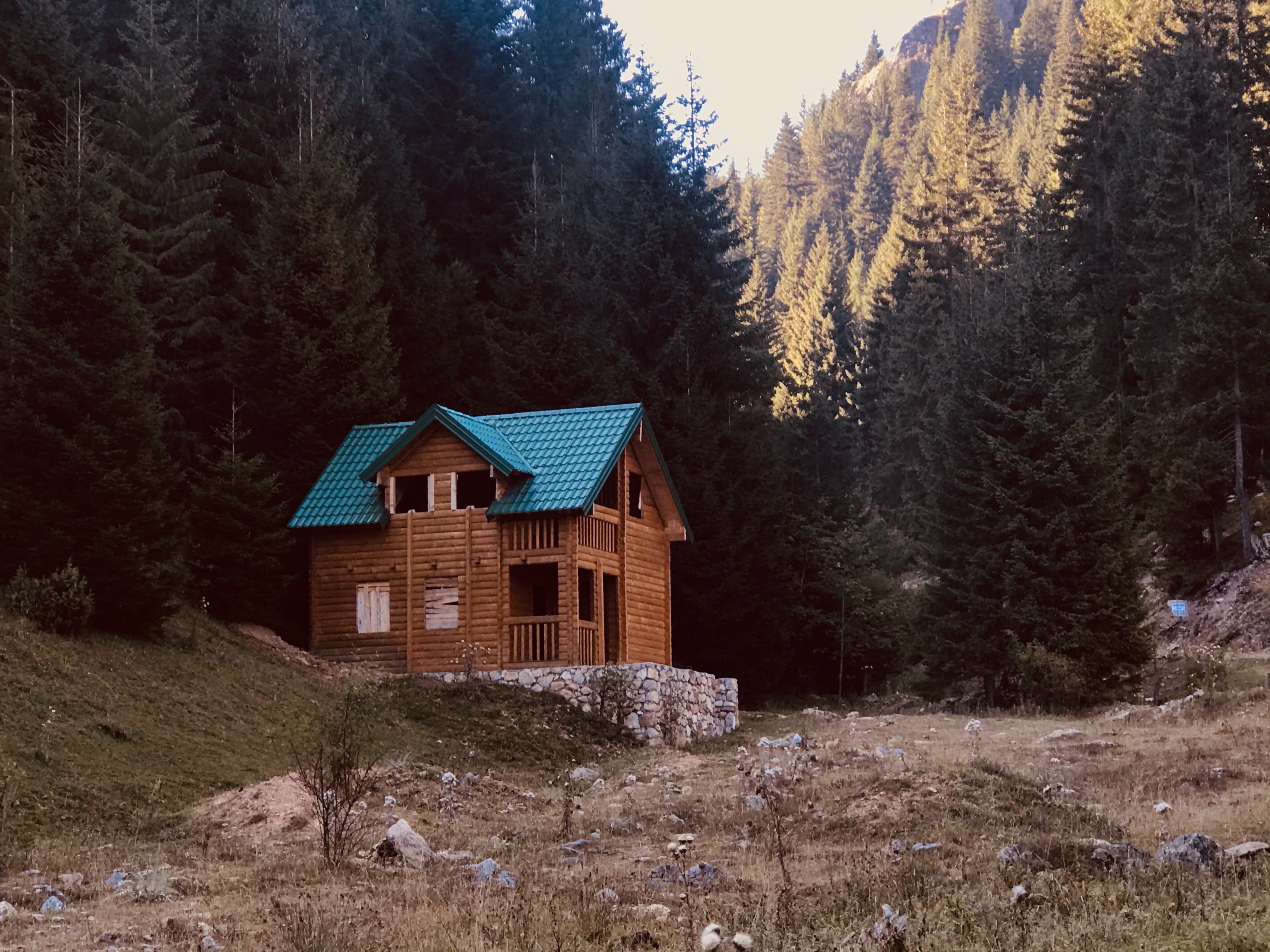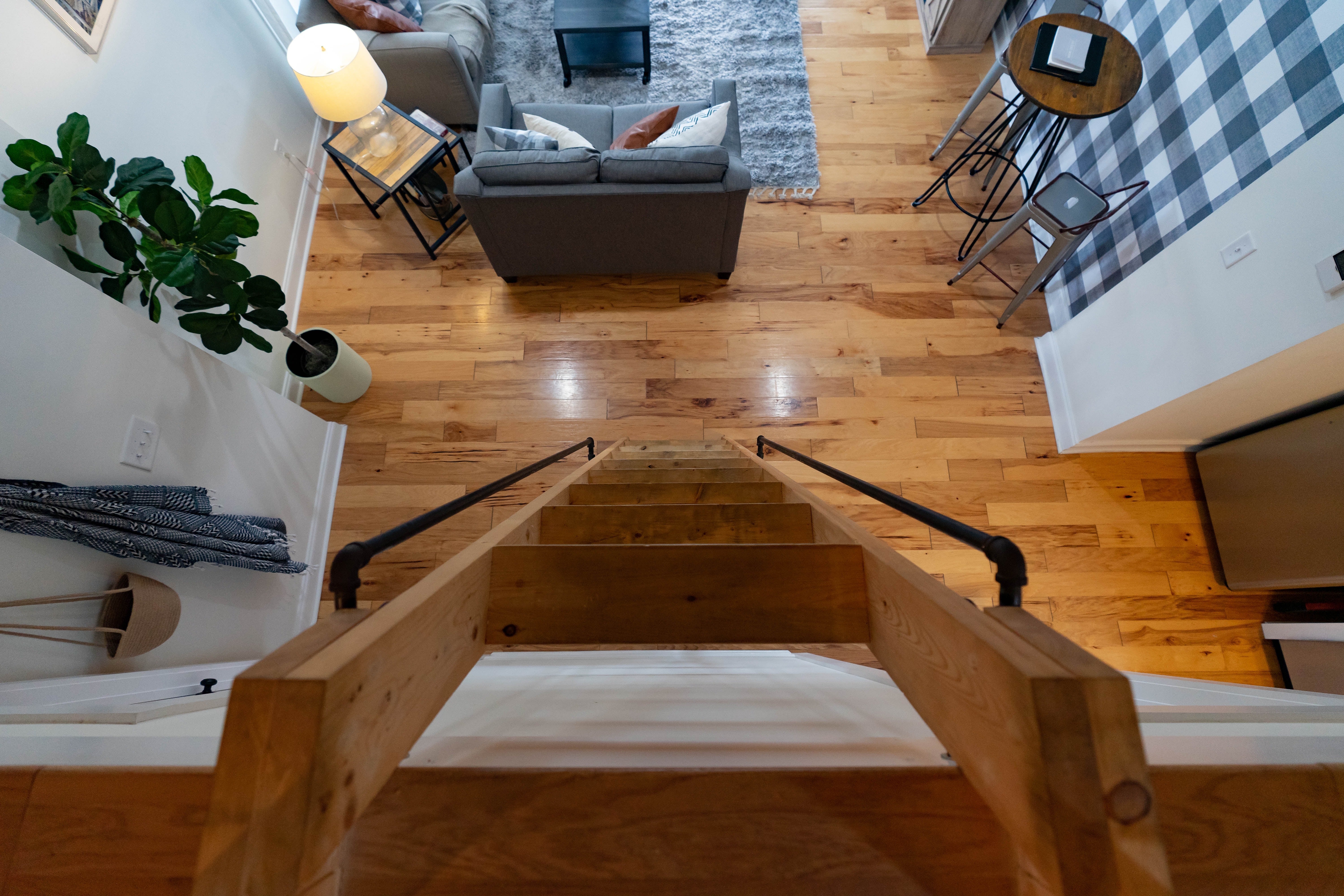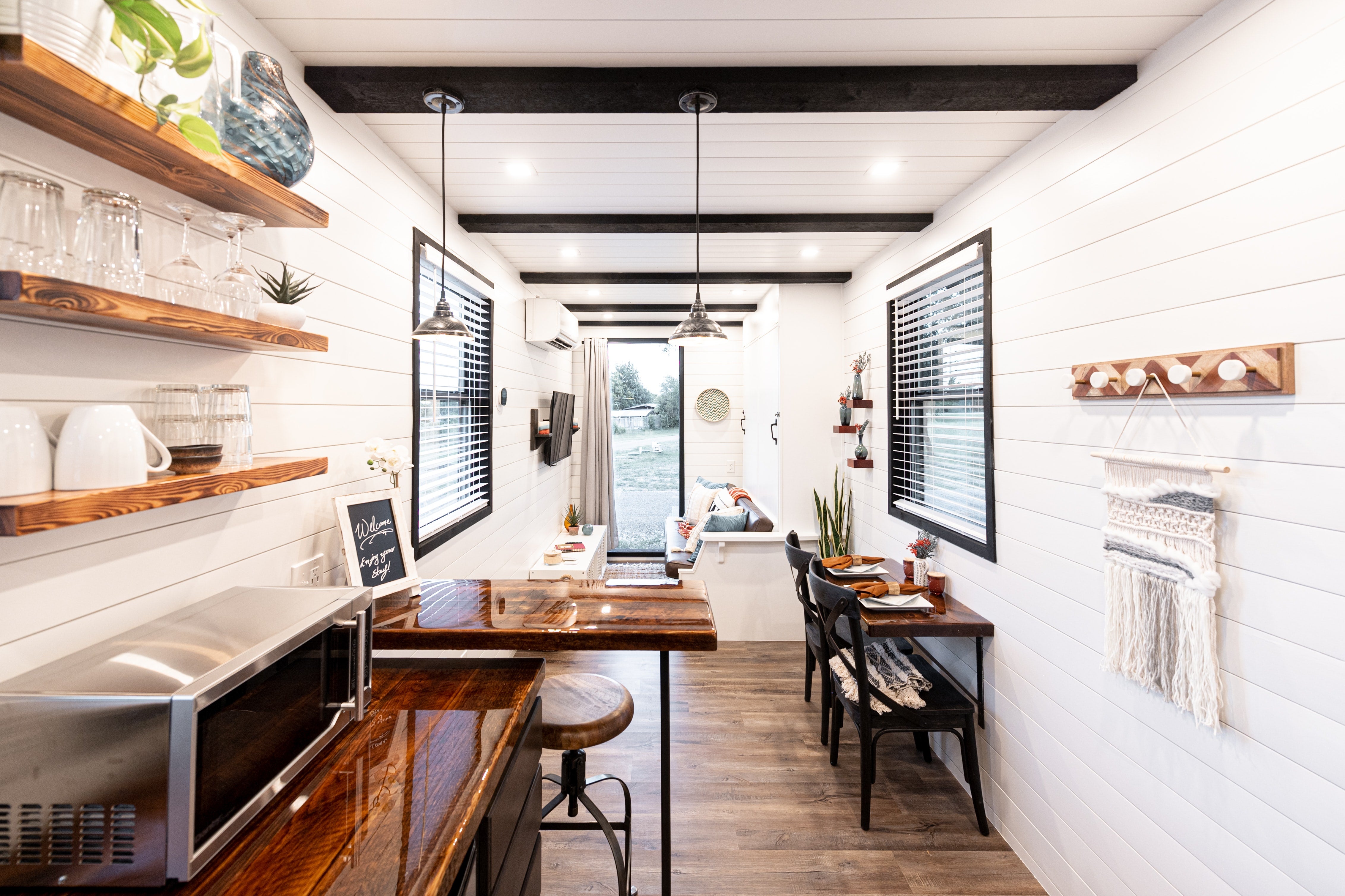Peace of mind for your guest space.
With warranty protection for your guest unit, you’ll always be ready for visitors.


The dream of owning a home is becoming less of a reality in the United States and many people are looking for alternatives. Rather than opting for the traditional house and mortgage, folks are choosing to live debt-free in tiny houses.

If you're looking to buy a home for the first time, and are considering a tiny house, it’s important to know what you're getting yourself into.
Tiny homes are primary dwellings on a small scale. A tiny home has an area of up to 540 square feet. It is ideally self-sustaining and used as a full-time home. A tiny home can also be a small dwelling built on a trailer.
Tiny homes still contain important home appliances like washing machines, fridges, and clothes dryers, but these are usually more compact and energy-efficient versions that can be easily integrated into small spaces.
Many people who align with the tiny homes trend have found solace in tiny home communities, where they congregate together and bond in their shared understanding of how to live. Some of these communities are simply residential, while many others double as eco-villages and vacation retreats.
Tiny homes are gaining momentum as a popular way of living across the globe, and it’s no secret why. With roots in ancient ways of living, tiny homes are now a financial or aesthetic choice for many.
The roots of the tiny house trend can be traced back to Mongolian yurts in 1000 BC. This way of living inspired the movement that has gained most of its popularity in the 21st century. Perhaps the flame that ignited the modern trend was the skyrocketing cost of living and housing prices across the US. As of 2021, 55% of tiny house owners have more savings than the average American. As the deposit on a regular-sized home is simply out of reach for many, tiny houses are an accessible alternative to owning a home.
Beyond a practical sense and perhaps even more visible, the necessity of tiny houses for many people has made them a popular trend socially. Tiny homes have become part of a major social movement toward reducing environmental footprints and embracing minimalism. The philosophy speaks to being content with little and connecting to the true essence of living.
Tiny homes have also created an architectural movement that has arisen alongside their growing popularity with renowned architects beginning to focus on tiny home design.
As more people look to downsize, live simpler lives, and gain financial freedom to travel or enjoy life’s many small pleasures, the tiny home movement grows stronger than ever.

If minimalism had a motto, it would be “less is more” because it's all about working to minimize what we own. Minimalism focuses on simplicity, which means avoiding clutter and anything unnecessary for an elegant, functional way of life. It is both a concept that relates to many sub-sectors and a lifestyle in itself.
Typically linked to art and design, the minimalist movement began in the artistic world in the post-World War II era. An American movement, it originated in New York City and was defined by extreme simplicity and a literal nature. Since then, it has expanded to a style of decorating and living that avoids unnecessary decoration or clutter.
Minimalism has become popular recently due to shifts in millennials' ideals. Millennials, who are paving the way for the trend as a preferred way of living, have shifted their priorities from attaining material possessions to enjoying experiences. This desire comes from both economic necessity and environmental awareness of the effects of mass production and consumerism.
Thinking about coverage?
Security for your home. Protection for your budget.

A key aspect of living in a tiny home and adopting a minimalist way of life is the less-is-more mentality. While this can be a big adjustment, it is an essential shift in thinking that helps increase comfort with a newly minimalist lifestyle. Make sure to eliminate unnecessary possessions and keep only one of each item. Ask yourself what you really need and what you want, and only keep what you need. Having fewer possessions will make living in a tiny home more comfortable and enjoyable.
Having fewer clothes helps keep your life simple and frees up time and energy for other things. No one needs more than a few staple articles of clothing, which is very different from the mantra of “the more clothes, the better” that many of us are familiar with.
A great idea is to adopt a capsule wardrobe—a small, seasonable wardrobe with a few quality, sustainable items per season. Getting rid of old clothes, clothes that no longer fit, or things you don’t like anymore is an invaluable way to feel more free and lighter, and will make choosing what to wear so much easier. Also, think about all the extra time you’ll have when you don’t have to think about what to wear each morning.
Consider the outdoors just as much a part of your living space as your tiny home. Spending more time at parks or building a deck, including outdoor dining or an outdoor bath and shower, is essential to almost doubling your living space. Not only will it give you more space, but spending more time outdoors is great for your mental health and overall well-being.
When considering where to build or place your tiny home, there are a few factors to keep in mind. Due to state building ordinances, lack of specialized builders, and zoning opportunities, some states are more welcoming to tiny home dwellers than others. According to the number of Instagram hashtags under #tinyliving, California is the most popular state to live small, specifically in the cities of Los Angeles and San Diego.
If you don’t own it, maybe your friend or neighbor does. Sharing is one of the best things about living in communities, so don’t be afraid to ask around when you're next in need. Whether it’s some sugar, a pillow, or a charging cable, someone you know is bound to have it.
Nothing makes your life richer than adventures, travel, and experiences. Material possessions can't open your mind and heart to the beauty in our world, and spending less money on a big house gives you more freedom to roam to new places, enjoy the outdoors, and immerse yourself in novel experiences.
Our increasingly digital world is excellent for minimalists and those who live in tiny homes—it means we can get rid of endless folders and photo albums and compress them into one neat, tiny folder on our device, onto a hard drive, or in the cloud. Making electronic copies of photos and paperwork is an essential step in decluttering. Recycle all that paper and enjoy all the clarity that comes with being digitally organized.
Marie Kondo famously said, “Imagine yourself living in a space that contains only things that spark joy. Isn’t this the lifestyle you dream of?” Organizing and decluttering our homes is the first step toward creating a minimalist, joyful lifestyle. Start by going through each item in your household and asking whether it is useful or sparks joy. If the answer is no, it’s time to say goodbye. Once you've done this, organize your items into categories and get rid of anything excessive—no one needs 15 mugs, after all.
A minimalist, tiny-home lifestyle is a unique way of living that will undoubtedly challenge your previous conceptions of how humans are supposed to live in the 21st century. Embrace the freedom, simplicity, and flexibility that come as you begin to decide whether it’s right for you.

The tiny homes trend illustrates how to live big with less. Choosing to live in a tiny home is financially efficient, environmentally friendly, and gives you greater freedom. Thousands of Americans have been inspired to make the change, and the trend is showing no signs of slowing anytime soon.
With warranty protection for your guest unit, you’ll always be ready for visitors.

AHS assumes no responsibility, and specifically disclaims all liability, for your use of any and all information contained herein.
Have a plan for your home when things don't go according to plan
Shop Home Warranties